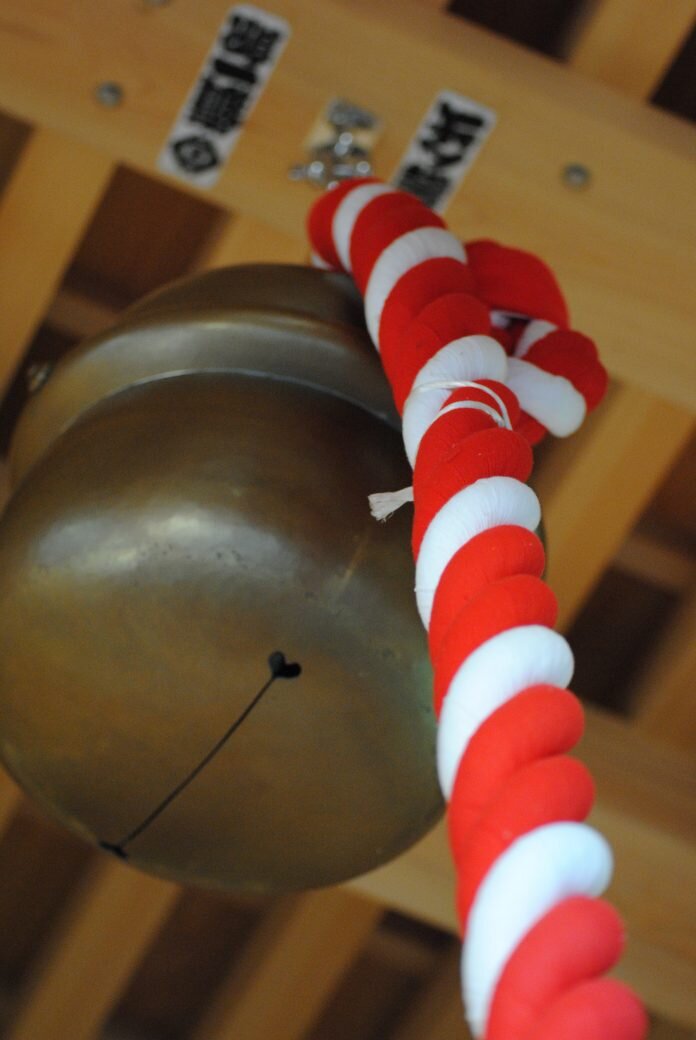
New Year’s Eve! The biggest festival of the Japanese year! Crowds shoulder-to-shoulder in the freezing street, vying to get to throw their money into the giant shrine collection chest and pray for the health and safety of their family for the coming year! The question is: how are you going to maximize your New Year’s Eve experience… Osaka-style?
You can start by partaking in a unique Japanese custom known as Joya no Kane. Roughly translated as “bell of sin,” this giant bell is rung 108 times at leading temples to purge the watching crowds of the “108 sins” or “negative desires” they are supposed to hold. The aim, of course, is to ready people for the new year by clearing their minds.
In Osaka on New Year’s Eve, such purgatory seems most popular at the Minami-mido temple, located in Kyutaro machi. Numbered tickets are dispensed from 2300, the bell of sin is rung from 2330, and a bell-ringing free-for-all takes place after the 108th chime. Better still, admission is free!
Another popular place to head on New Year’s Eve is Sumiyoshi Taisha, one of the oldest historical relics in the country, dating back to the third century. Its architecture, known as “Sumiyoshi-made,” is one of only three styles considers purely Japanese in shrine construction. The entrance to the shrine involves crossing the truly gorgeous arching red structure known as Sorihashi Bridge.
Shrine or temple visits at midnight on New Year’s Eve are known as hatsumode, the first pilgrimages of the new year. One of the highlights of such events for the more intrepid is the opening of the first fortune slip of the year. These should be available at any shrine you visit, with levels of luck ranging from dai kichi “truly great fortune” to dai kyo “the worst luck.” Should you notice any fortune slips tied up on strings attached to a nearby cedar tree, this is because they carry bad luck. In Japanese, cedar is pronounced “sugi,” the same as the stem of the word “sugiru,” which means “to pass” or “get over.” By passing bad luck from the paper to the cedar tree, you should “get over” it!



















